Building Use Classification Handbook
1 Comment
The Department of Geological and Mining Engineering Sciences (GMES) is happy to announce that Master's student Daniel J. Lizzadro-McPherson's talk, Remapping the Keweenaw Fault and Discovery of Related Structures in Michigan's Historic Copper District, was awarded the Best Graduate Oral Presentation from the Geological Society of America's 2020 North-Central Section Meeting, held online this past May. The talk was featured in the Unique Geology and Geoheritage of the Lake Superior Region Session led by Erika Vye, William Rose, Jim Miller, and James DeGraff. Lizzadro-McPherson presented on the history of mapping the Keweenaw Fault and the current remapping efforts aimed at understanding this complex fault system in northern Keweenaw County. For more information about this project or to receive a link to the virtual presentation, please email [email protected].
New Publication Explores How Big-Data GIS Infrastructures Can Be Used in Historical Archaeology6/5/2020 HESAL Post-Doctoral Researcher Dan Trepal recently co-authored an article with HESAL director Don Lafreniere and Jason Gilliland (University of Western Ontario) titled "Historical Spatial-Data Infrastructures for Archaeology: Towards a Spatiotemporal Big-Data Approach to Studying the Postindustrial City" in the journal Historical Archaeology. This article discusses the ways in which big-data GIS infrastructures for historical research, such as that underpinning the Keweenaw Time Traveler, can be useful for archaeologists who study historical cities. Archaeologists excavating urban sites are expert at revealing hidden aspects of day to day life at small scales. The paper uses examples, including several from the Time Traveler, to show how using historical big-data in a GIS-based digital infrastructure sources allows archaeologists to place their evidence of day to day life in a broader context built from many thousands of individual pieces of historical information. When combined, the archaeology and historical big data give us new perspectives on past people, places, and things that may be impossible to see when using one kind of evidence alone.
|
|
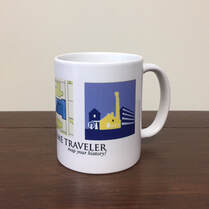
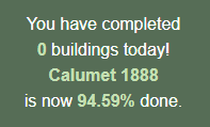
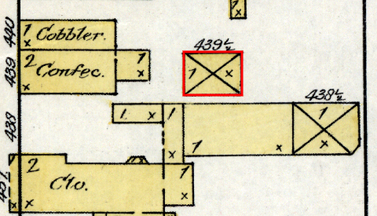
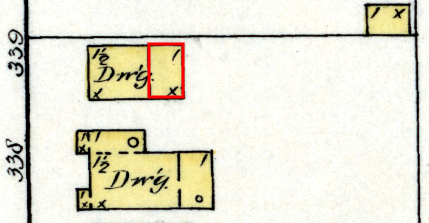
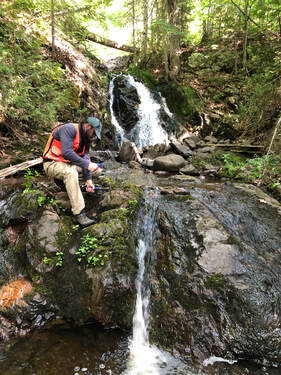
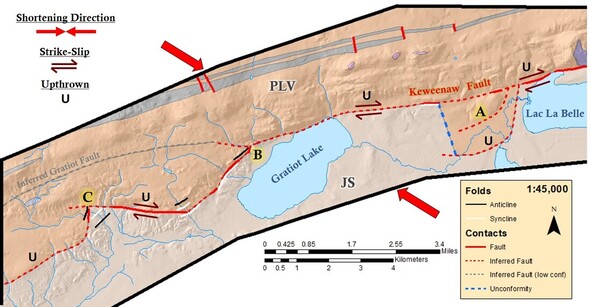
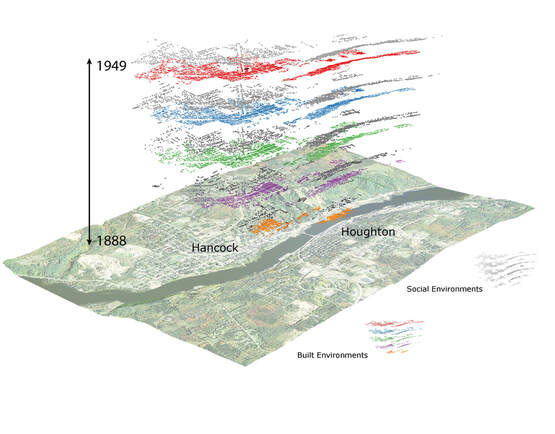
 RSS Feed
RSS Feed



